Not all processed foods are created equal. Here are the four defined levels of processed foods, ranked from best to worst.
Not all processed food is unhealthy. In fact, when we dive into the nitty-gritty of it, there are actually plenty of processed foods that can be a very healthy addition to your diet.
The trick is knowing which foods to stay away from, and why.
Want to learn more about Paleo and how it can help you?
Grab our FREE “What Is Paleo?” Guide by Clicking Here!
What are Processed Foods?
We tend to categorize anything that comes in a box or package as a “processed” food. These products are packaged and often altered from its original state to either make it shelf stable, to improve the taste, or to create a “new” food from multiple ingredients.
However, there can be some confusion here. For example, pure tuna that has been packaged in a glass jar with water probably wouldn’t be considered a processed food just because of its packaging.
There are different levels of processed food and what it can do for our health. Here are the four levels of these foods as we see it, ranked from minimally processed to highly processed.
What are the Four Levels of Processing?
Consider the differences between a strawberry, strawberry jam, a strawberry Pop-tart, and a piece of strawberry candy. The strawberry is a whole, natural food. The jam is processed, but depending on how much sugar or other ingredients were added to it, the jam can still be healthy. The Pop-tart and candy probably have very little actual strawberry in it at all.
A classification system known as NOVA helps define these different levels of food processing. (1) They are defined into these four groups:
Group 1: Unprocessed or Minimally Processed
Only very minimally processed foods fit into this category. Think whole foods like fruits, veggies, meat, and nuts. Freezing, vacuum-sealing, and similar methods to preserve shelf life are acceptable here.
Group 2: Processed Ingredients
The next level of processing is obtained or extracted from the whole foods in group one. Think: sugar and molasses obtained from cane or beets, honey extracted from the honeycomb, canned coconut milk, and oils made from nuts or fruits, like olive oil. These items may contain additives to preserve freshness.
Group 3: Processed Foods
These processed foods contain just two or three ingredients. Think: tuna jarred in olive oil, canned veggies, salted and packed nuts, boxed almond milk, and cured or smoked meats. Beer, wine, and ciders also fall here because they contain more than one ingredient and are processed from whole foods like grapes or barley.
Group 4: Ultra-Processed
This is the mega-processed group of foods. They often include artificial colors, dyes and additives, non-sugar sweeteners, and processing aids such as caking and glazing agents, emulsifiers, and humectants. Think: candy bars, hot dogs, and Toaster Strudel.
In general, the more processing that occurs, the less healthy the food becomes. The ideal diet avoids Group 4 entirely, as consuming too many calories from these foods results in obesity, blood sugar issues, and other metabolic diseases. (2, 3)
However, groups one to three are a bit more of a gray area.
How to Identify Healthy Processed Foods
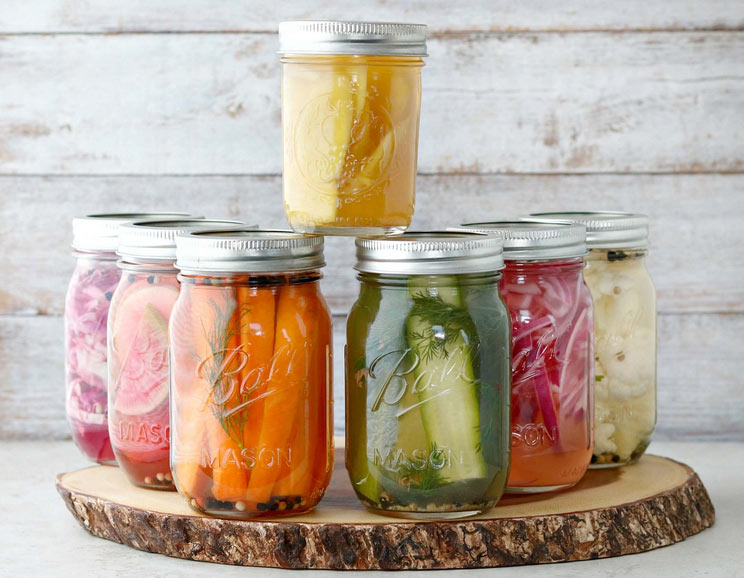
Not all processed foods are bad. Some of our favorite Paleo foods, like honey, tuna, and olive oil, go through a necessary process before they’re available on the shelf of your grocery store.
Other examples of healthy processed foods include sprouted seeds, kimchi, sauerkraut, and pickles. Sprouted foods can give you more nutrients than non-sprouted foods and processed, fermented cabbage provides high doses of probiotics. (4, 5)
The difference between a healthy and unhealthy processed food really comes down to added ingredients. Take non-dairy yogurt, for example, a healthy option contains only natural thickeners like tapioca root starch, and perhaps a dash of fruit or honey instead of sugar.
Another example of a healthy processed food option is a packaged Paleo cookie. The ingredient list would most likely include dates instead of sugar, almond flour, coconut, almond butter, or fruit.
Frozen foods are also considered processed, and can be healthy options such as frozen whole veggies and fruits. (6)
Processed Foods You Should Avoid Entirely
Ideally, you should avoid Group 4 foods altogether. This includes ultra-processed foods like candies, pastries, and other foods that contain a long list of unrecognizable ingredients.
Check the labels of packaged foods to see if they land safely within Groups 2 or 3. It’s not terrible to buy certain Group 3 foods, like roasted nuts or cured meats, as long as the added ingredients contain pure foods like sea salt or natural spices.
What To Look Out For When Purchasing Processed Foods
The quality of ingredients is important when choosing processed foods, and so it’s worth checking the packaging itself. For example, you’ll want to look for glass containers or cans with BPA-free lining whenever possible.
Here are a few other tips for choosing processed food:
- Whole foods or extracts from whole foods (like olive oil) should make up most of the ingredient list.
- Preservatives should be natural. Look for vitamin E instead of chemical compounds like polysorbate 80 and sodium nitrate.
- Choose glass-packaged foods over canned or plastic-wrapped, since these can leach toxins into the food. (7)
- Look for pure Paleo ingredients, like almond flour instead of wheat, and honey instead of refined sugar.
- Just like with fresh foods, choose wild-caught, grass-fed, and organic whenever possible.
The Bottom Line
“Processed” food is a term that’s often thrown around in general terms, but many processed foods can actually be a part of a healthy diet. Keep the majority of your diet fresh, with whole fruits, veggies, nuts, and fresh meats, but don’t be afraid to add a couple of healthy processed options.
Want even more tips on avoiding unhealthy foods? Check your labels for these 5 super sneaky food additives.


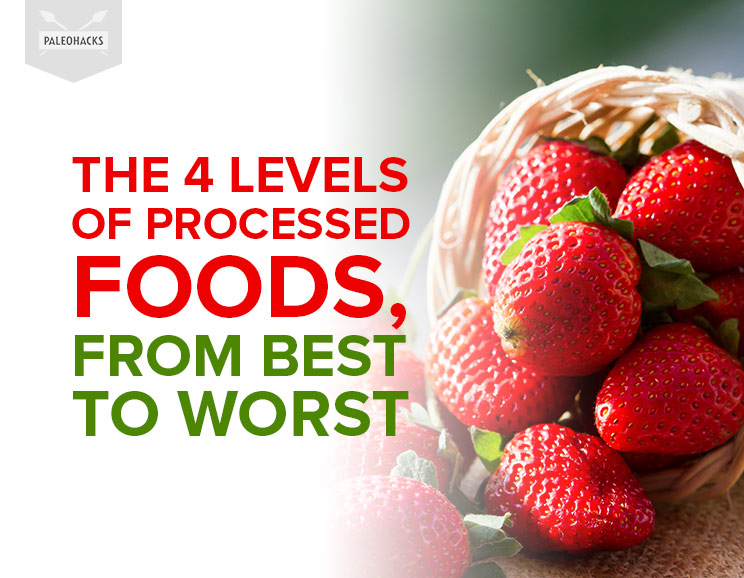
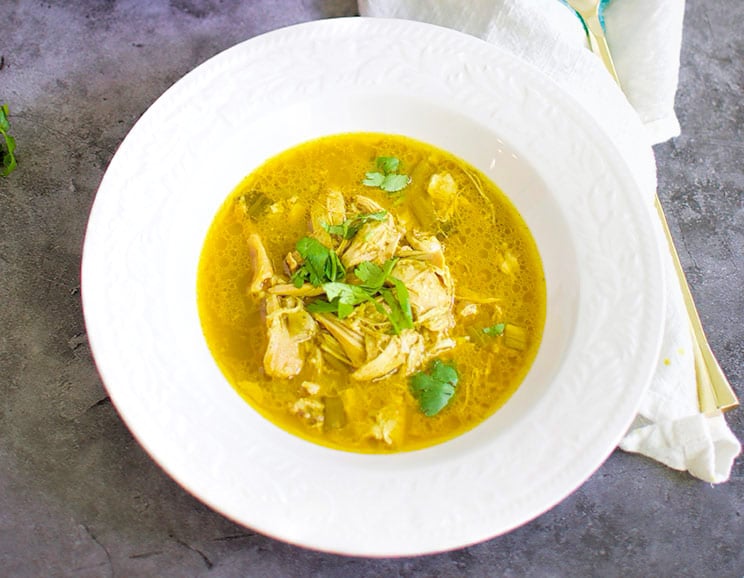 Slow Cooker Coconut Curry Chicken
Slow Cooker Coconut Curry Chicken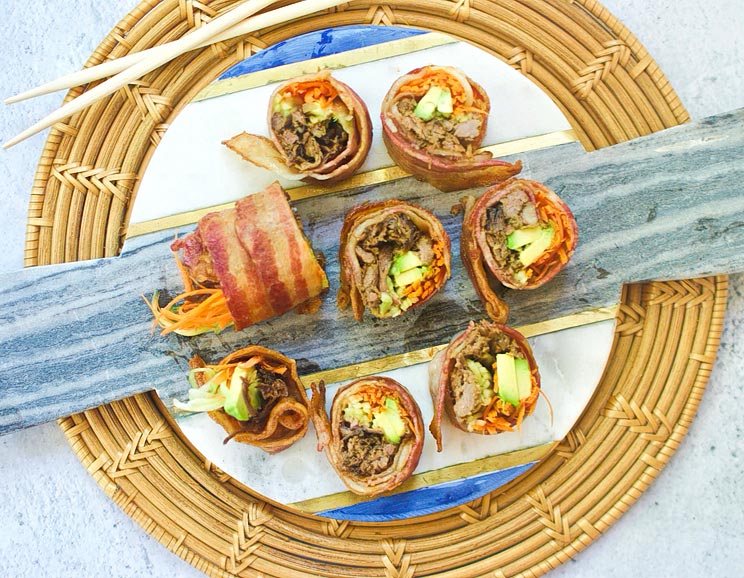
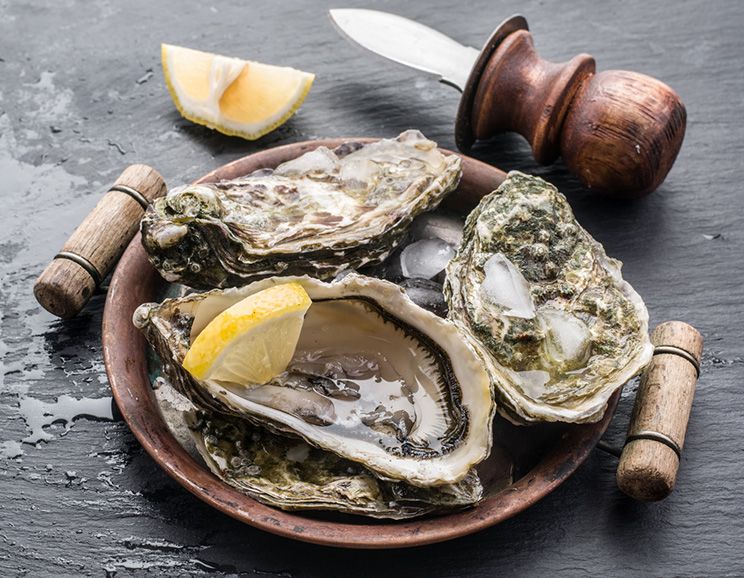
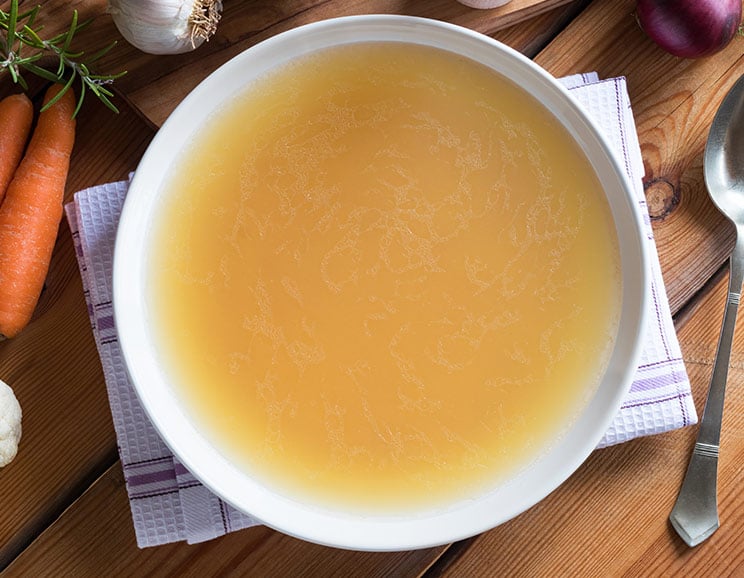




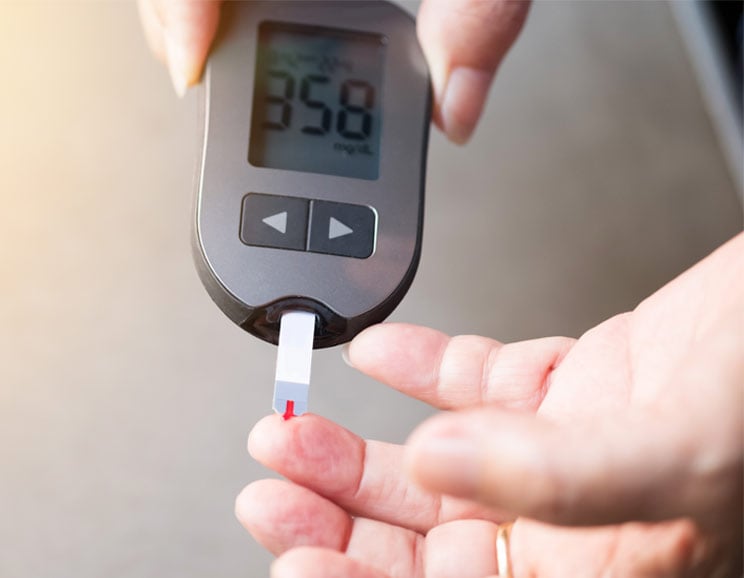
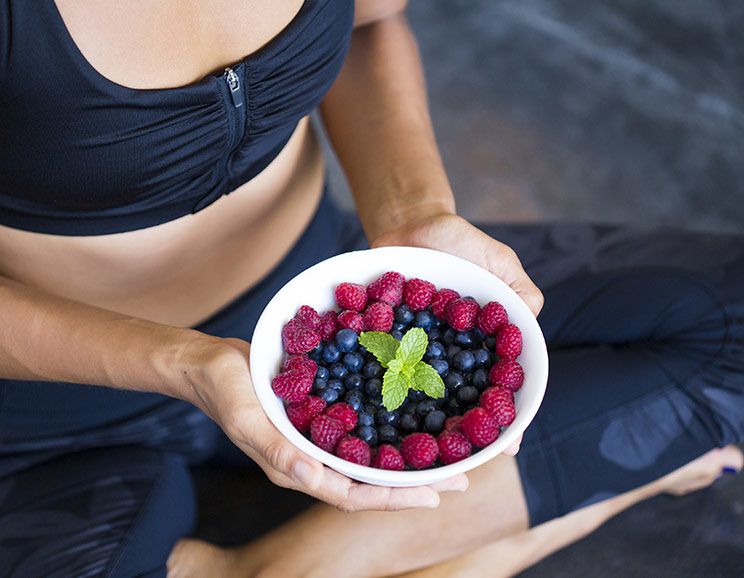

Show Comments